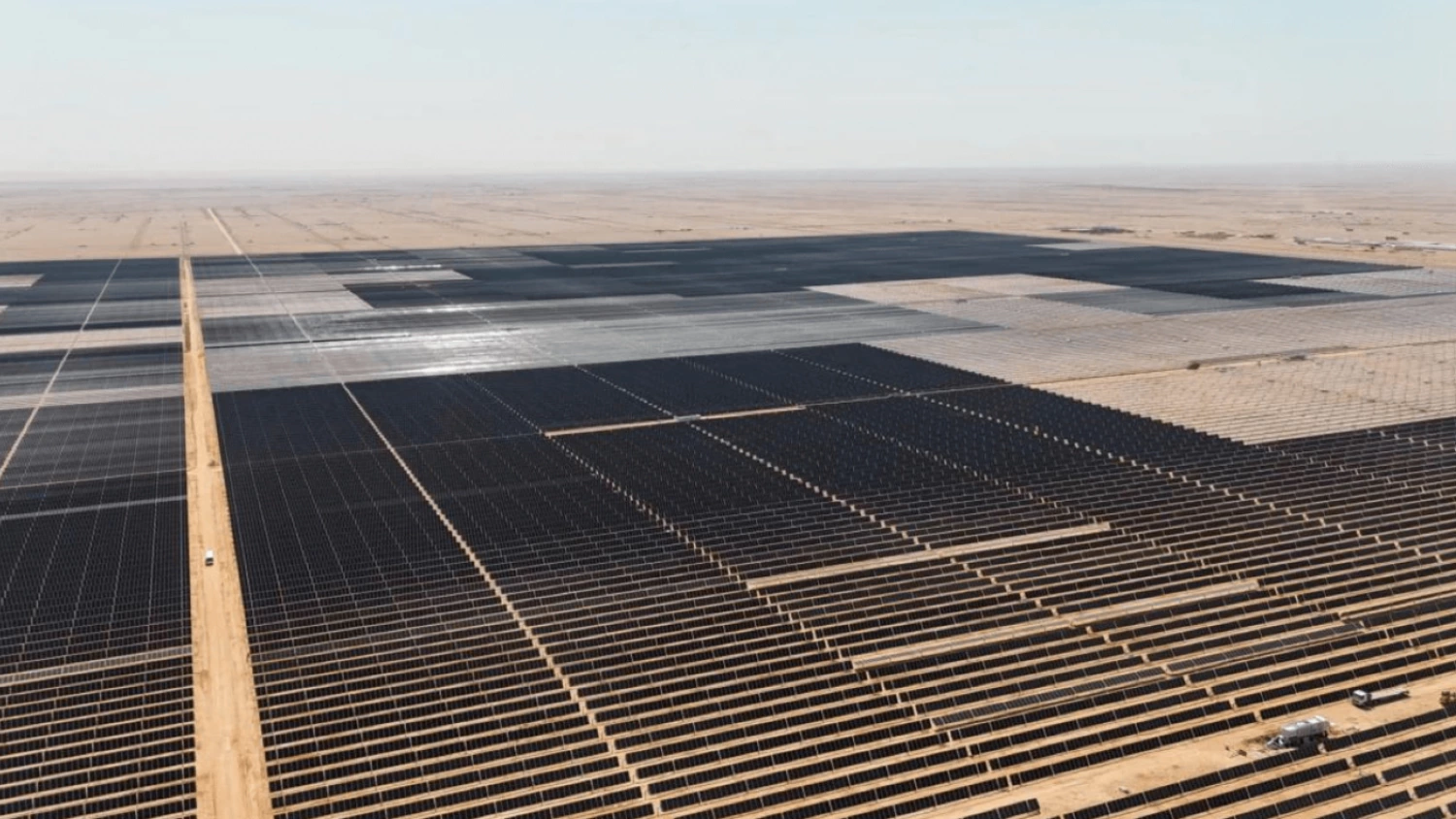"As a share, this figure represents 36% of the total shareholders and partners in Romania. If we also include sole traders (PFA), individual enterprises, and family enterprises, we reach approximately 805,000 women directly involved in business," said Diana Florescu, economic analyst at KeysFin, one of Romania's leading providers of business information solutions.
According to the KeysFin analysis published on the occasion of International Women's Day on March 8th, and considering only companies that reported results to the Ministry of Finance in 2023, approximately 341,000 local companies (37% of the total) are majority-controlled by women (≥50% of capital). The turnover of these companies amounted to 342 billion lei (approximately €70 billion), representing about 13% of the total in 2023.
Businesses where Romanian women act as shareholders or majority partners (≥50%) have, on average, three employees, an average net result of RON 104,000, and a turnover of over one million lei, with 95% of these being micro-enterprises in 2023.
Romanian women controlled 98.3% of local companies with female ownership. However, they are not the only women appearing in the top nationalities, as they are followed by investors from China, Italy, Germany, and Moldova, with shares ranging between 0.3% and 0.1% of the total in 2023. Overall, women from more than 100 countries are present as direct majority shareholders or partners in the Romanian business landscape.
By the number of companies, Romanian women have chosen to be shareholders or majority partners (≥50%) in Trade (99,000 companies), Professional Activities (46,000), and Manufacturing (28,000), according to data from the Ministry of Finance. In terms of the share within total companies, the ranking changes to: Health Care (63% of the total), Education (58%), and Accommodation & Food (57%) in 2023.
By cumulative turnover, women preferred businesses in Trade (RON 147 billion), Manufacturing (RON 42 billion), and Construction (RON 40 billion). As a share of total turnover, the ranking changes to: Education (47% of the total), Health Care (39%), and Accommodation & Food (32%) in 2023.
The local gross average salary increased by 45% over the past five years, reaching RON 7,233 in 2023, according to the latest disaggregated data from the National Institute of Statistics. Thus, the gap between men's and women's earnings, considering the gross average salary, increased from 2.4% in 2019 to 5.5% in 2023.
Romanian women recorded the highest gross earnings in IT&C, where the average was RON 12,197, followed by Energy & Gas (RON 12,046 monthly), and Mining & Quarrying (RON 11,400 gross per month) in 2023. On the other hand, women working in Accommodation & Food had the lowest earnings, with an average monthly salary of RON 4,075 in 2023.
There are sectors where Romanian women earn more than men. Leading these are Administrative & Support Activities, where women earn 17% more, averaging 6,214 lei gross per month, followed by the Mining & Quarrying (16.7% more), Constructions (although women represent only one-sixth of employees in this sector, i.e., 53,000 across the country), Public Administration (7% more), and Energy & Gas (+3%) in 2023.
Conversely, the largest pay gap in 2023 was in Finance & Insurance and Manufacturing, where men earned, on average, 25% and 20% more than women, respectively.
"There aren't many rankings where Romania is favourably positioned at the top in the European Union. However, in 2022, according to the latest Eurostat data, we recorded the third lowest gender pay gap, at just 4.5%. We were just below Luxembourg, which, for the second time in history, recorded a negative pay gap of -0.2%. This means that women employed in industry, services, and construction (excluding public administration, defence, and social security) were, on average, better paid than men, according to Eurostat data," stated Diana Florescu, economic analyst at KeysFin, one of Romania's leading providers of business information solutions.
At the other end, economically more developed states such as Estonia, Austria, and the Czech Republic have significant differences between male and female salaries, ranging from 18% to 21%.










